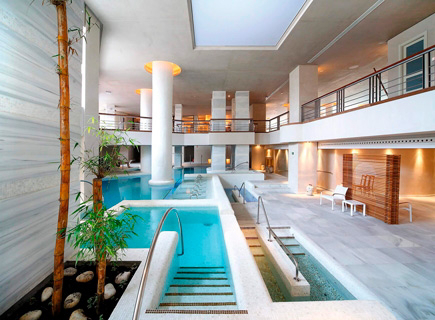Discover everything there is to know about Tunisian harissa paste
Tunisian harissa paste gets UNESCO Heritage status but do you know the origin of this spicy, red sauce? Journey through Tunisia’s gastronomic scene and uncover the importance of this beloved condiment
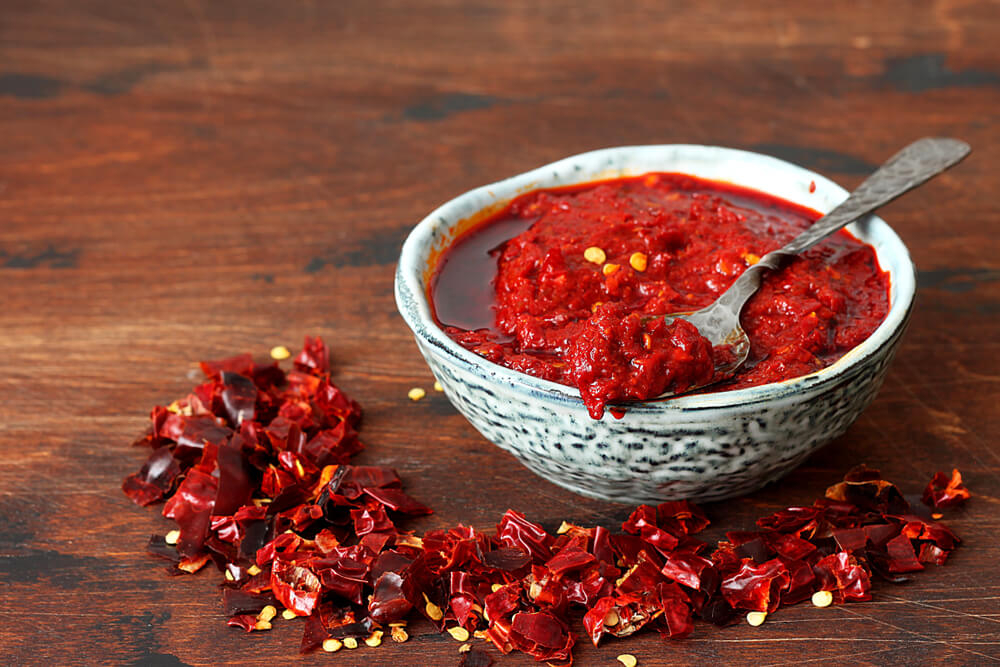
Just like the Americans have their tabasco sauce and the Thai have their sriracha, no Tunisian home is complete without harissa. Traditional Tunisian harissa paste is so ingrained into local life that it has been awarded UNESCO Heritage status. But, what makes this spicy red paste so delicious? Journey through the historical ins and outs of Tunisian cuisine and discover everything there is to know about Tunisian harissa - a must-try on your travels.
What is Tunisian harissa paste?
Essentially, harissa is an exotic blend of hot red peppers, oil and various spices. This paste is used to create the base for many curries and stews as well as a condiment used to dress typical dishes across not only Tunisia but also Libya, Algeria and Morocco. The name harissa comes from the Arabic verb “harassa” which means “to crush” and the term was originally used to describe a paste of spiced meat, wheat and butter back in the 7th century. However, a later chain of historical events changed Tunisia’s socioeconomic structure and as a result, the modern-day harissa paste was born.
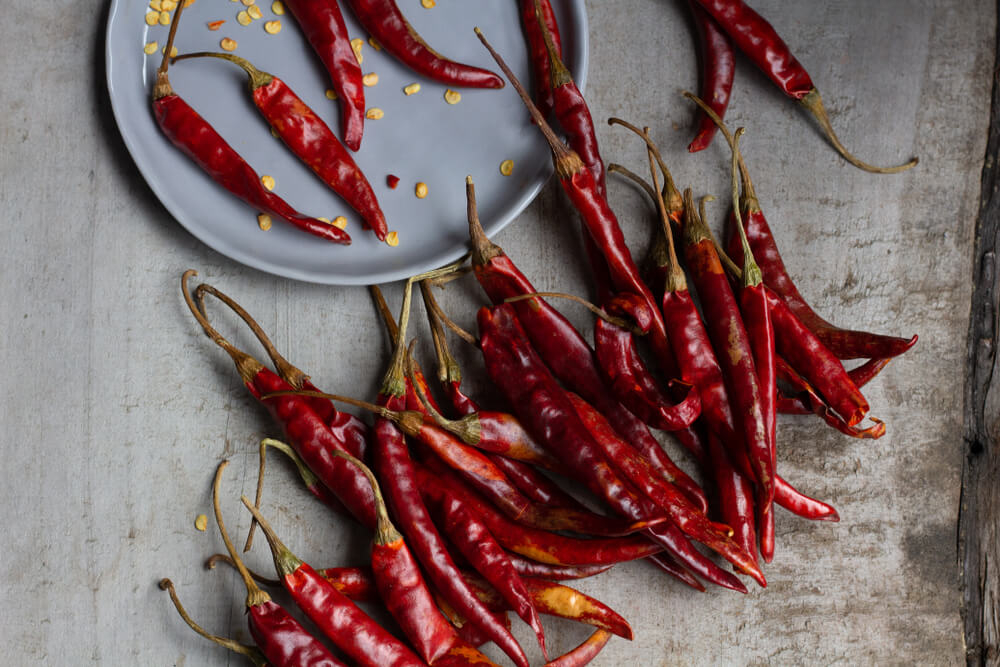
Harissa paste made from chillies, garlic, salt and oil
A brief history of traditional harissa
To fully appreciate the modern-day variety of Tunisian harissa paste, it is important to understand the historical and cultural changes that have impacted Tunisia’s culinary scene. While on holiday in Tunisia, it is possible to visit many archaeological and historical sites that bring the country’s history to life. Meanwhile, this brief recap will help you to understand the key role that harissa has in Tunisian cuisine.
15th Century Tunisia
During the 15th century, there was a religious upheaval happening in Andalusia. Many Muslims and Jews residing in cities across southern Spain fled to Tunisia to avoid persecution for not converting to Christianity. The Spanish brought with them a range of plants and spices that slowly got introduced into Tunisian cooking.
17th Century Tunisia
Yet, it wasn’t until the bloodthirsty events of 1609 that a significant exodus occurred among Spanish Muslims and Jews. Uthman Dey, the Ottoman ruler of the Tunisian Province involved in claiming Tunis from the Spanish in 1574, welcomed up to 80,000 Andalusians to the Tunisian province, arranging for boats to transport them from Spain. Leaving their homeland behind, these Andalusians found refuge in Tunisian cities such as Nabeul in the Cap Bon region. Interestingly, the climate in this area of Tunisia is similar to that of southern Spain meaning plants like Capsicum annuum, introduced to Tunisia via the Columbian Exchange, thrived in Cap Bon, making it one of the key areas for cultivation.
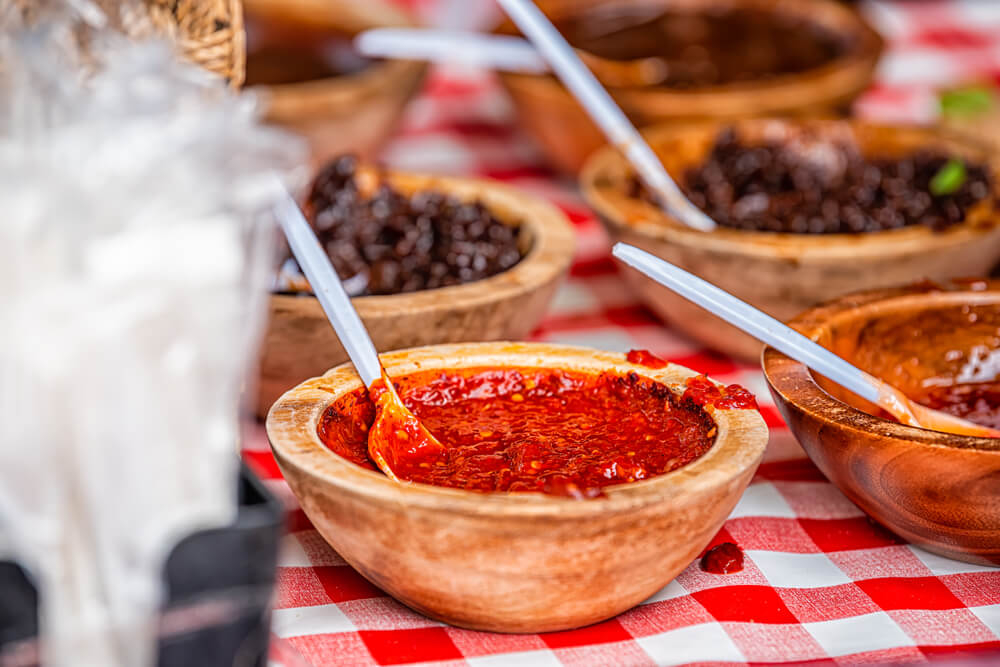
Harissa is a common condiment in Tunisian cuisine
The birth of authentic harissa paste
The Andalusian and Tunisian Muslim and Jewish communities bonded, united by their shared struggles. This created a unique blend of tradition and culture which lives on to this day. Using age-old techniques, they dried the peppers in the sun and then ground them in large pestles and mortars - a tradition that lives on in Nabeul and has given rise to the term “harissa hara” indicating the spiciness of the paste. While some minor modifications may have taken place, the key ingredients and essence of the Tunisian harissa paste remain unchanged over time.
Enjoy a day trip to Nabeul: the home of traditional Tunisian harissa
This eclectic mix of historical events made the city of Nabeul the global hotspot for Tunisian harissa paste, even to this day. Check into the beachfront Occidental Marco Polo located in the popular tourist area of Yasmine Hammamet, just 29 km away from the city centre of Nabeul. Begin your culinary adventure in the heart of the city, walking along bustling streets as you soak up centuries of tradition and culture.
Begin your culinary adventure in the heart of the city, walking along bustling streets as you soak up centuries of tradition and culture
Your first stop is the iconic Medina of Nabeul, at Bab-Bled where you can shop for traditional artisan souvenirs such as ceramics, woven textiles or dried red harissa peppers. It is worth noting that if you visit the city at the end of October you will be able to participate in the annual “Celebration of Harissa and Pepper of Nabeul” festival, which invites locals to present their harissa recipes in a competition as a way to preserve this culinary tradition.
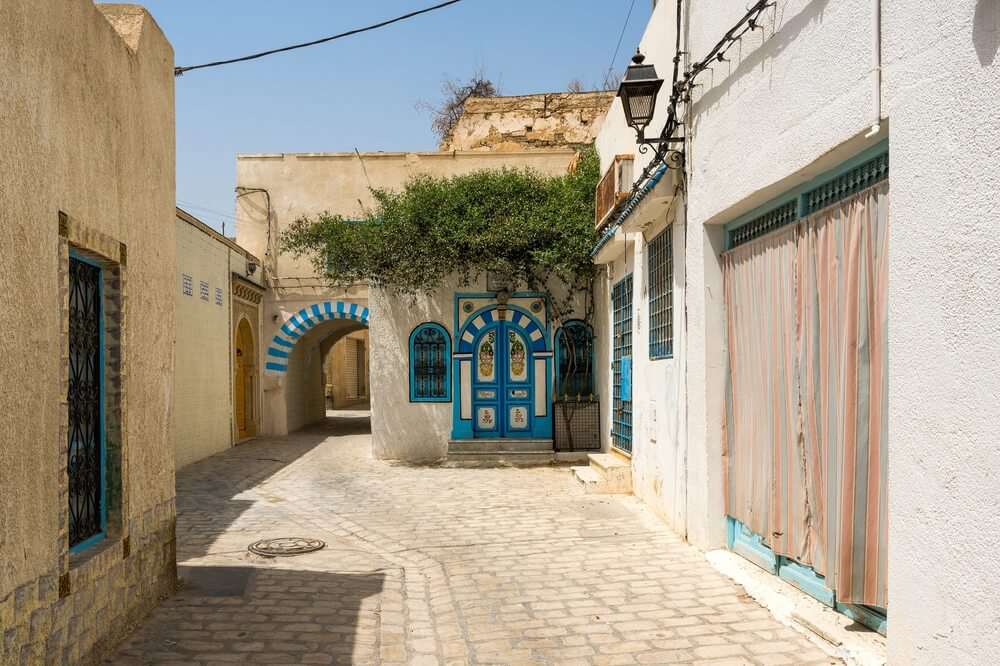
A typical street in the Nabeul Medina
Cap Bon and the rise of industrial harissa chilli paste
While Nabeul is keeping ancient traditions alive, the Cap Bon area is home to many factories that produce harissa-style sauces. The first factory in the area opened in 1948 and since then, many more have opened their doors. Sauces made here are given the name harissa souri as a way to differentiate this mass-produced, industrial sauce from the authentic harissa that is handmade using select ingredients. If you are curious to see how it is made, factories such as the Zgolli processing factory organise tours for visitors enabling them to sample true Tunisian harissa paste.
When staying in Hammamet, be sure to try the region’s seafood dishes, all served with ample helpings of harissa. These are best enjoyed after a long day at the Yasmine Hammamet beach. Swordfish is a popular choice, often served on a bed of couscous with fresh vegetables and a cold glass of locally produced wine. If you want to enjoy a spot of sightseeing on your Harissa adventures, head to the archaeological site of Carthage, a UNESCO Heritage Site where you can explore the area’s Phoenician heritage.
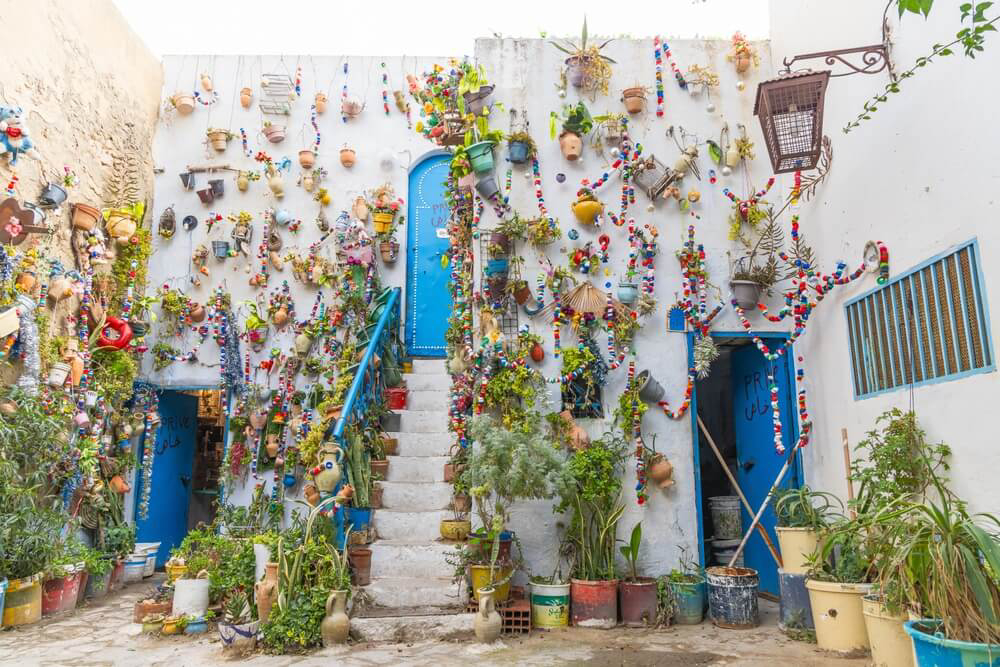
Typical buildings in Hammamet, Nabeul
What is harissa seasoning?
Now that you have begun your journey into the world of Tunisian harissa paste, you will have realised that there is a lot more to this sauce than meets the eye. Firstly, depending on how it is made, it is given a certain name. Secondly, the Tunisian harissa recipe varies from household to household. Here is a quick guide to the varieties of harissa you will find on holiday in Tunisia.
Harissa Souri
You may have seen the iconic yellow tins and tubes of harissa in the supermarket or during your travels across Tunisia. Yet, this is not technically harissa. Only homemade harissa paste is considered to be the real deal among Tunisian locals, any other is seen as a replica. Since harissa souri is made using fresh, not sun-dried chillies and has a runny, sauce-like texture- it is not seen as a traditional Tunisian harissa sauce.
Harissa Diari (or arbi)
If you are looking to try the real Tunisian harissa paste you need to ask for harissa diari. This is the authentic version that can be found in all homes across the country. It is made from a simple mix of ground sun-dried chilis, garlic and salt. The chillies used for this paste are harvested just after they turn red during the summer months.
The chillies used for this paste are harvested just after they turn red during the summer months
They are then threaded together and left to hang and dry out in the sunlight. This process allows for distinct chemical reactions to take place creating the unique smokey, umami flavour that is distinctive of harissa. After the chillis have been sun-dried, they are moved indoors where they are washed, destemmed, deseeded and soaked in room temperature water before being ground into harissa paste alongside garlic and salt. It is not uncommon for olive oil to be added to the paste at this point.
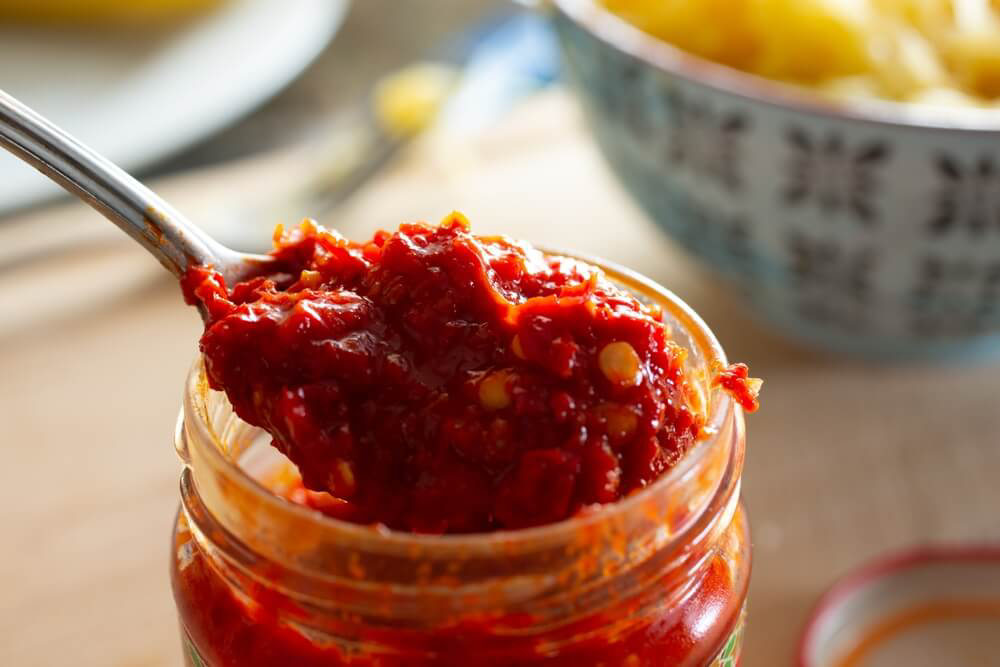
Harissa diari
What can you use harissa paste for?
Since traditional Tunisian harissa paste is too thick to be poured like a sauce, it is generally used by the spoonful to add flavour to traditional dishes. Yet there are many ways to enjoy the taste of harissa. You will often see it doused in olive oil and served as a dip alongside Tunisian tuna, pickled olives, capers and traditional tabouna bread. Harissa can also be used to marinade poultry or seafood before grilling to add depth to the flavour. Yet, at the end of the day, how you enjoy harissa paste comes down to personal preference.
Where to enjoy Harissa outside of Cap Bon
While Cap Bon is the home of harissa, Tunisians go wild for this spicy sauce. This means that wherever you choose to travel, you won’t be short of places to try it. Here are our recommendations to enjoy harissa to the fullest during your holidays.
The City of Sousse
Further down the coastline from the city of Hammamet, you will find the beautiful coastal town of Sousse where you can book into the Occidental Sousse Marhaba. Here you can while away your days soaking up the sun on the white sand shores of Samara Beach or head into the town where you can explore the historical landmarks such as the Medina and the Ribat of Sousse (the oldest prayer niche in North Africa) or the Great Mosque. Yet, when it comes to dining, you can expect to find delicious traditional cuisine featuring couscous, brik and, of course, harissa. You can even pick up some to take home with you when out shopping at the medina.
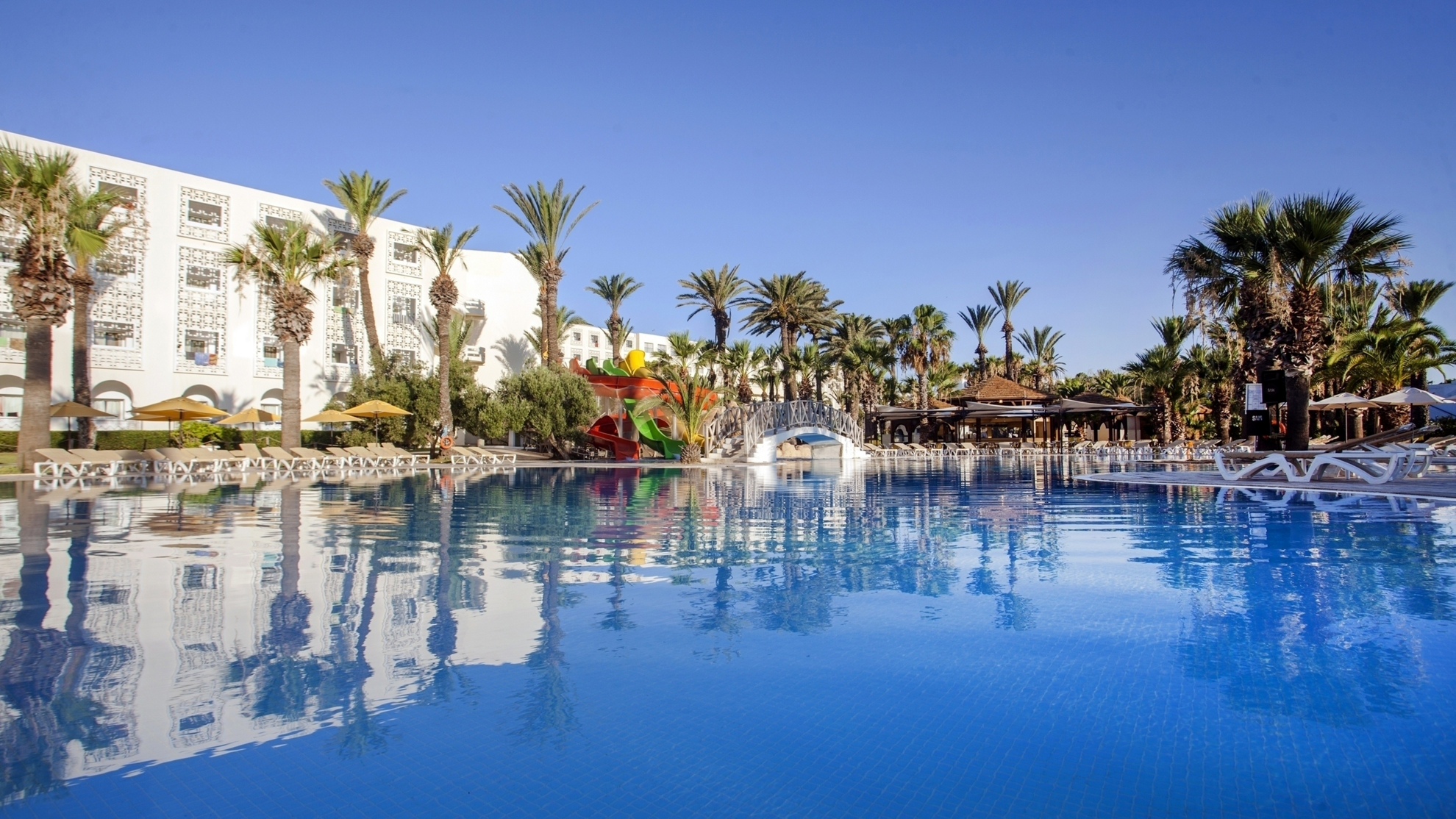
Occidental Sousse Marhaba
Tunis, the capital
If you find yourself in the capital, use the Occidental Lac Tunis as your base for exploring the city centre. If you are in search of authentic harissa, head straight to the medina, a UNESCO Heritage site and home to many stalls and rooftop restaurants serving the delicious sauce. See first-hand the garlands of chillies drying in the sunshine and even buy one or two to crush and make your own harissa paste. While here, be sure to also pay a visit to the Al-Zaytouna mosque which hosts one of the oldest universities in the history of Islam.
Sidi Bou Said, Tunisia’s Santorini
Looking at photos you may easily mistake the small town of Sidi Bou Said for a Greek island paradise. Its whitewashed buildings crowned with blue domes and paintwork give this town instant holiday vibes. Enjoy a day out here and float along its cobbled street to the rhythm of Malouf music following the heady scent of the sun-dried chillies to the cute al-fresco cafés and traditional Tunisian eateries - all of which will have healthy servings of harissa on offer. Spend your days here admiring the exquisite architecture of Ennejma Ezzahra Palace or soaking up the sun on the Sidi Bou Said beach - all just a short journey from the Barceló Concorde Les Berges du Lac, a nice city centre hotel in Tunis.
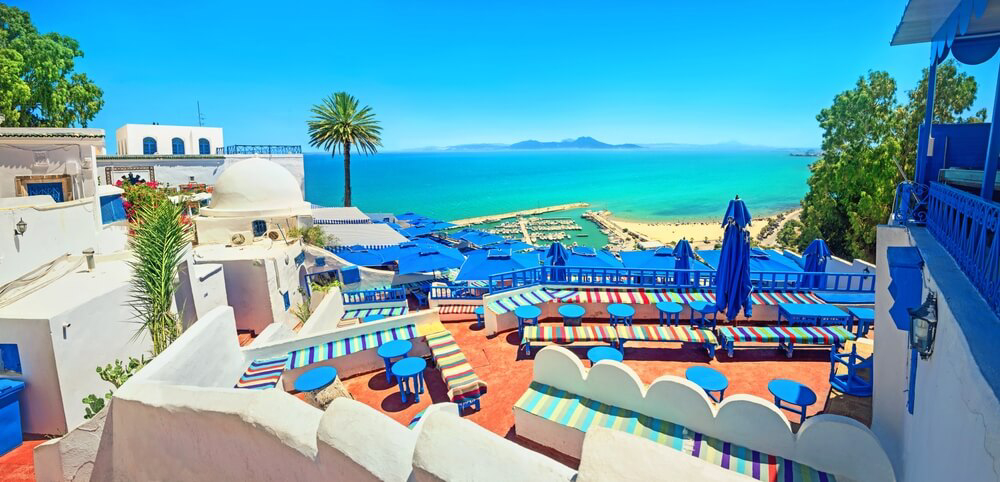
Sidi Bou Said
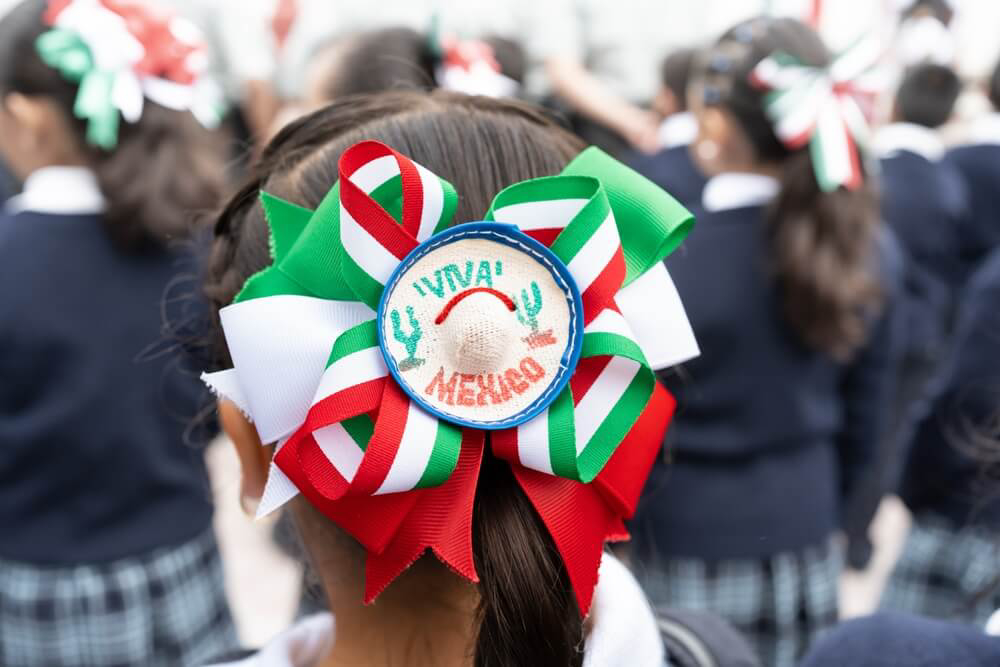





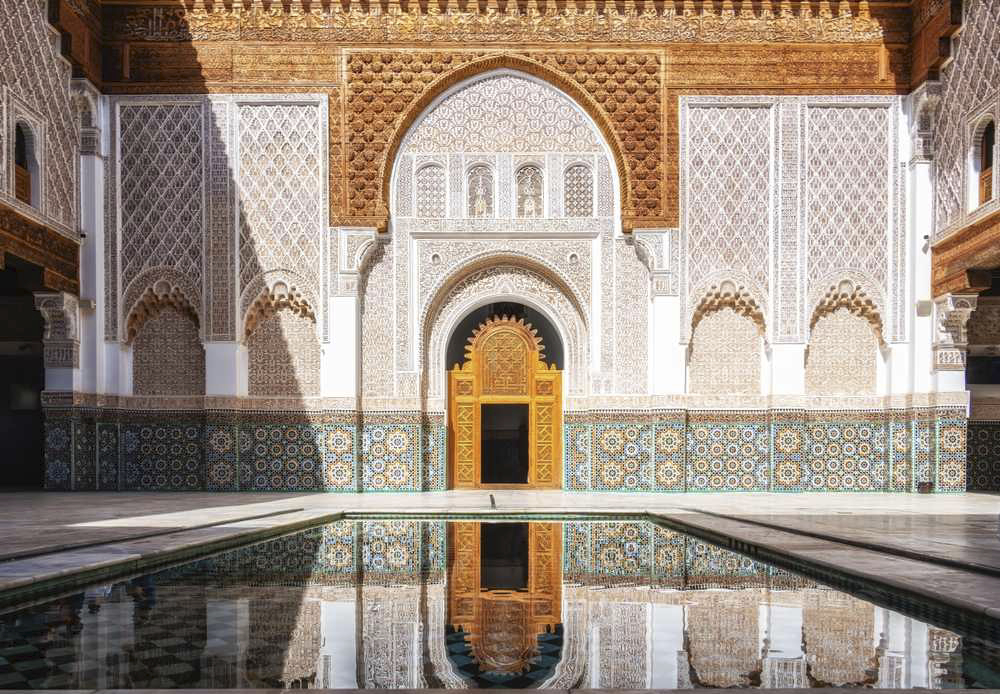


_435x320?&)
